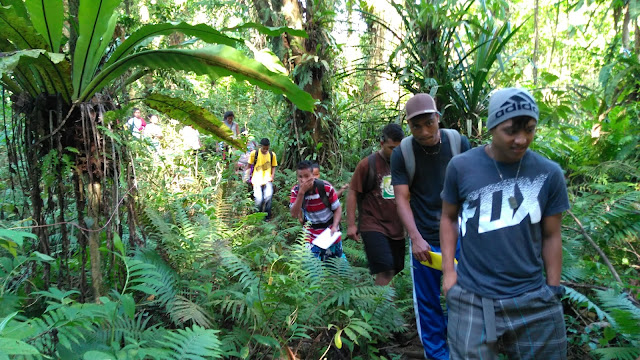Beginnings: OpenStax Algebra and Trigonometry and Schoology

Many instructors are content to teach the same material in the same way year-after-year. Lecture notes only need occasional updating, tests can be pulled out of a filing cabinet. A few questions are changed and the test is given yet again. Sure, occasionally a new edition of the textbook adds a section or changes a homework set. Ruffles the feathers a bit, and then the routine returns. I tend to shift and jump to new technologies and approaches that cause me to have to rework and reinvent my whole work flow. Rebuild homework and tests. This summer I am pilot testing OpenStax Algebra and Trigonometry . Right off the bat there was a complication with using the online version. While the PDF is gorgeously laid out replete with homework set problem numbers, the online edition still lacks polish. Including numbering the problem sets. Since I use Schoology Basic as my learning management system, I needed a way to tell the students which problems to do in a text without numbers. So...







